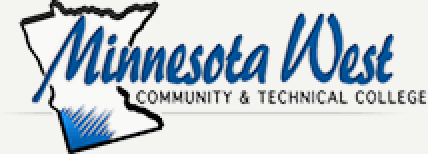MATH 1113 Pre-Calculus
MATH 1113: Pre-Calculus
Description
Precalculus reviews the concepts of college algebra and then extends those ideas to trigonometry and analytic geometry. Exponential, logarithmic, and polynomial functions are emphasized in the review. The course explores rectangular coordinates and angles, solutions of right triangles, unit circles, radian measure, trigonometric functions and their inverses, trigonometric graphs, trigonometric equations and identities, complex numbers, conic sections, and other analytic geometry topics such as polar coordinates, parametric equations, sums and geometric series, and vectors.
Credits
4
Prerequisite
MATH 1111 or placement by multiple measures
Corequisite
None
Topics to be Covered
1. Concept of a function and their graphs
2. Function notation, including piecewise defined functions and absolute value functions
3. Proportionality, rates, and rates of change
4. Linear functions and data modeling
5. Complex numbers
6. Fundamental Theorem of Algebra
7. Polynomial, power, and rational functions
8. Transformations of functions and their graphs
9. Compositions, Inverses, and Combinations of functions
10. Exponential and logarithm functions and modeling
11. Trigonometric functions of real numbers
12. The unit circle concept and trigonometric graphs
13. Inverse Trig functions
14. Trigonometric functions of angles and right triangle definitions
15. Trigonometric identities, equations, and modeling periodic behavior
16. Law of Sines and Cosines
17. Vectors and the Dot product
18. Polar coordinate system
19. Polar equations of conics
20. Parametric equations
21. Trig form of complex numbers
22. Systems of Equations of two and several variables
23. Systems of inequalities
24. Systems of linear equations and matrices
25. Inverses of matrices and matrix equations
26. Determinants and Cramer’s Rule
27. Conic Sections—parabolas, ellipses, hyperbolas
28. Arithmetic sequences and series
29. Geometric series and applications
30. Mathematical Induction
31. Partial Fractions
Learning Outcomes
1. Define algebraic and trigonometric concepts in four ways: verbally, analytically, numerically and visually.
2. Demonstrate skills to solve equations and inequalities and to simplify or expand expressions.
3. Recognize and apply different types of functions and relations.
4. Recognize and apply different types of functions and relations. Implement functions and relations to model real-world applications and predict outcomes from modeling data.
5. Communicate mathematical ideas in writing.
Credit Details
Lecture: 4
Lab: 0
OJT: 0
MnTC Goal Area(s): Goal Area 04- Mathematics/Logical Reasoning
Minnesota Transfer Curriculum Goal Area(s) and Competencies
Goal Area 04: Mathematics/Logical Reasoning
1. illustrate historical and contemporary applications of mathematical/logical systems.
2. clearly express mathematical/logical ideas in writing.
3. explain what constitutes a valid mathematical/logical argument (proof).
4. apply higher-order problem-solving and/or modeling strategies.
